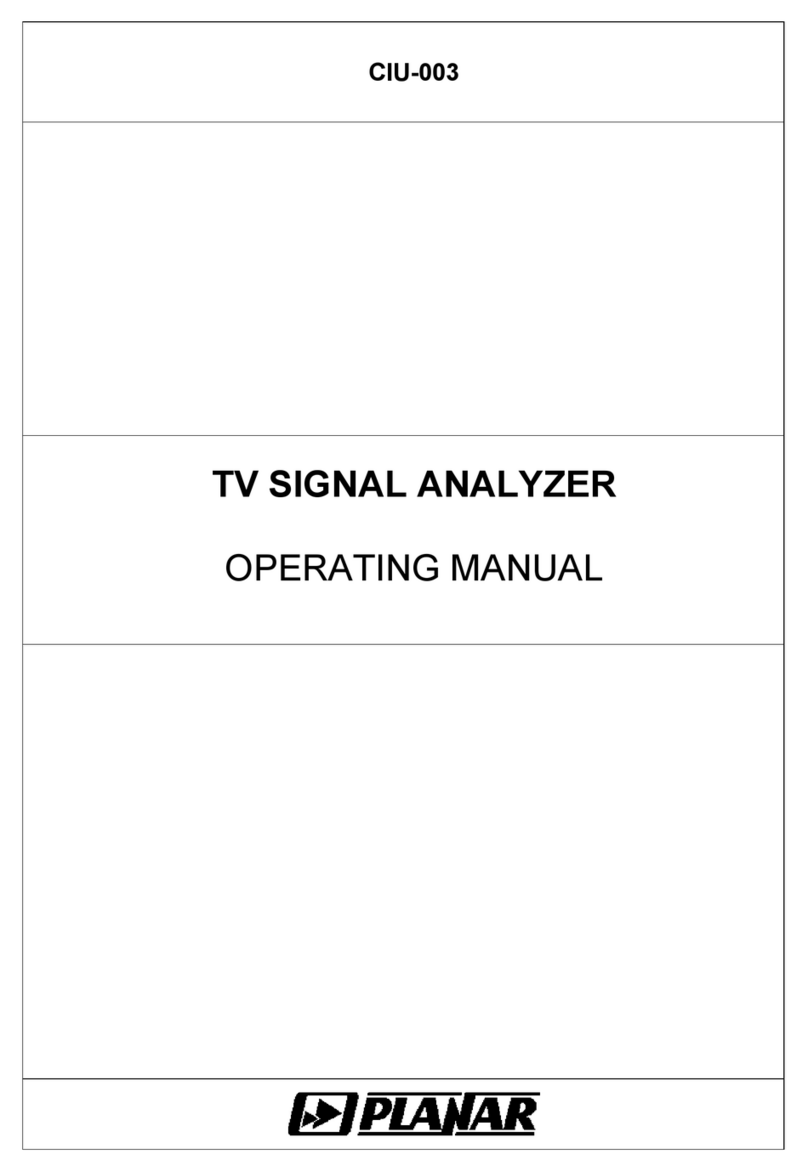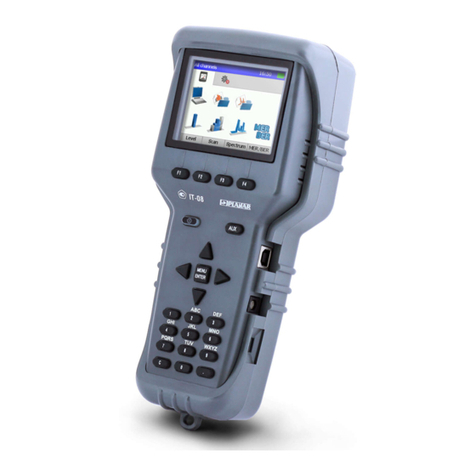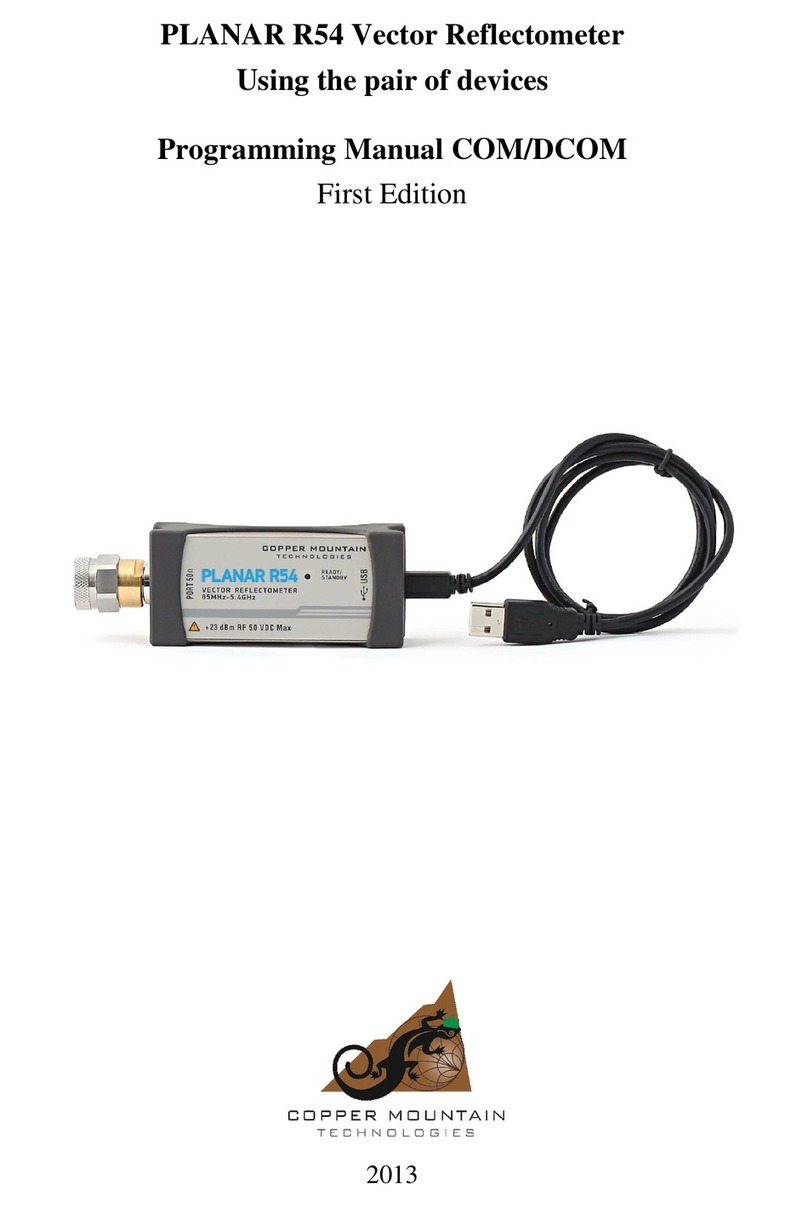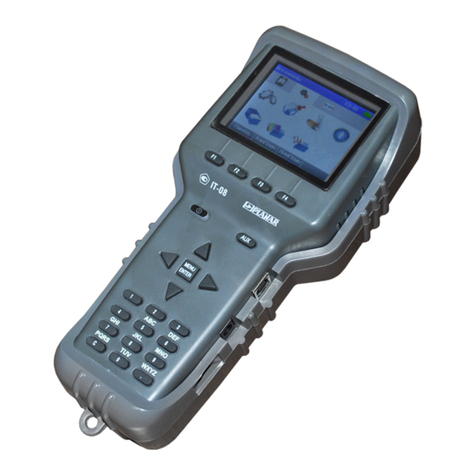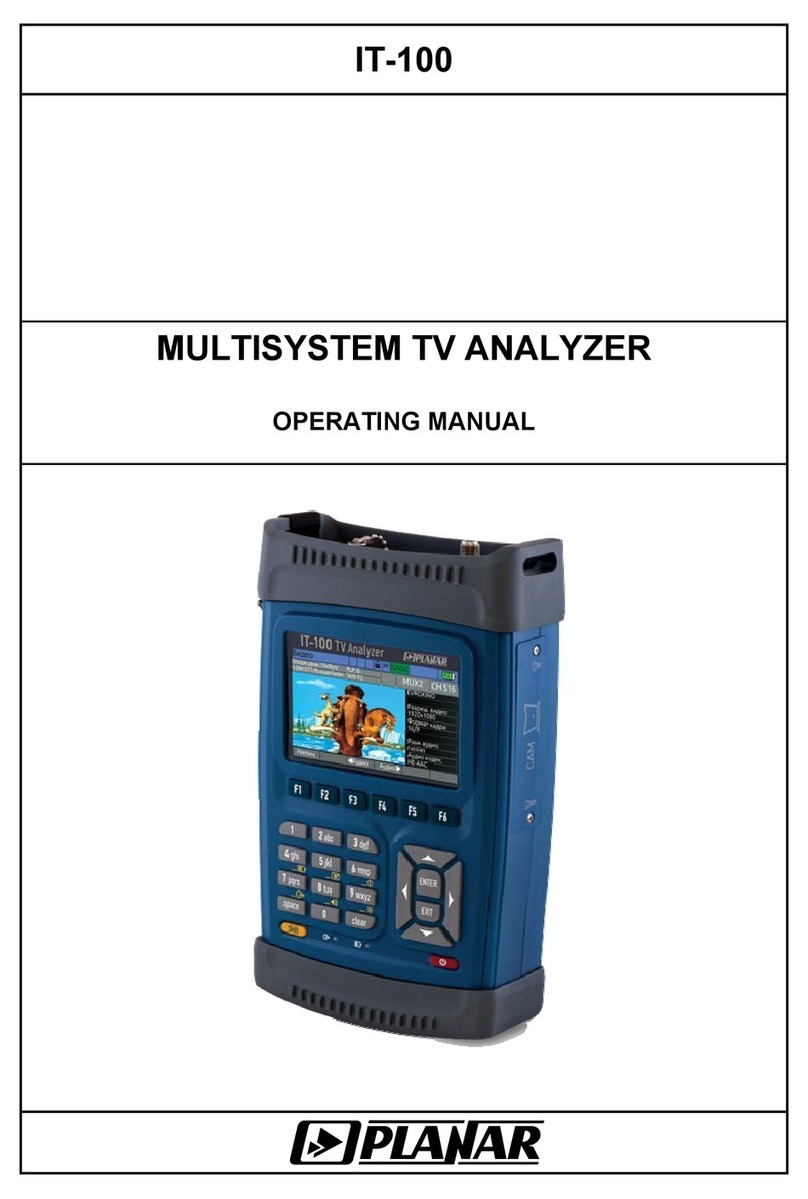
3
Table of contents
1 Introduction ................................................................................................................. 4
2 General Description and Principle of Operation ............................................................ 6
2.1 Function.......................................................................................................................... 6
2.2 Environmental Conditions.............................................................................................. 6
2.3 Package Contents........................................................................................................... 6
2.4 Specifications.................................................................................................................. 7
2.5 Application Area............................................................................................................. 8
3 Preparation for Operation ............................................................................................ 8
4 Operation Procedure .................................................................................................... 9
4.1 Controls and Indicators .................................................................................................. 9
4.2 Preparations for Measurement...................................................................................... 9
4.3 Measurement Procedure ............................................................................................. 10
4.3.1 General Information.............................................................................................. 10
4.3.2 Channel Measurement Mode ............................................................................... 11
4.3.3 Scan Measurement Mode ..................................................................................... 12
4.3.4 Spectrum Measurement Mode............................................................................. 14
4.4 Data Logger Function ................................................................................................... 15
4.4.1 General Information.............................................................................................. 15
4.4.2 Channel Plan List ................................................................................................... 15
4.4.3 List of Limit Plans................................................................................................... 18
4.4.4 Channel Data Logger ............................................................................................. 20
4.5 General Settings ........................................................................................................... 24
4.6 Analyzer Self-Test......................................................................................................... 25
4.7 Identification Data Readout ......................................................................................... 26
4.8 Operation Controlled by PC ......................................................................................... 26
4.8.1 General Information.............................................................................................. 26
4.8.2 ViewIt19C Software............................................................................................... 26
4.8.3 SoftManager PC Software ..................................................................................... 27
4.8.4 Connection to a PC ................................................................................................ 28
4.9 Updating Firmware....................................................................................................... 28
4.9.1 General Information .............................................................................................. 28
4.9.2 Updating Firmware Via Internet............................................................................ 29
4.9.3 Manual Firmware Updating .................................................................................. 29
4.9.4 Emergency Firmware Update................................................................................ 29
4.10 Battery Operation ...................................................................................................... 30
5 Maintenance .............................................................................................................. 31
6 Troubleshooting ......................................................................................................... 31
7 Storage....................................................................................................................... 32
8 Transportation ........................................................................................................... 32
9 Labeling...................................................................................................................... 32
10 Warranty Information .............................................................................................. 32












